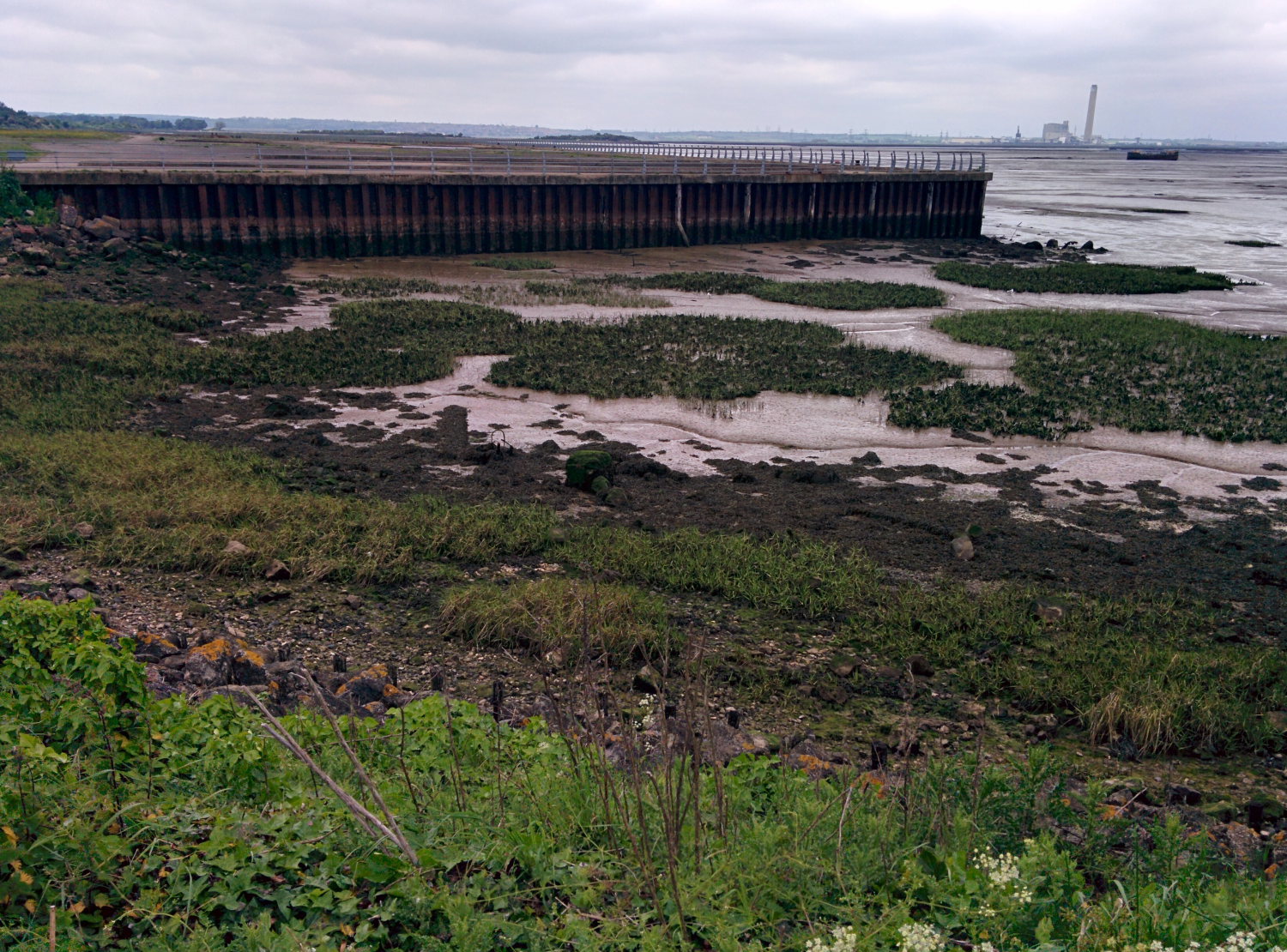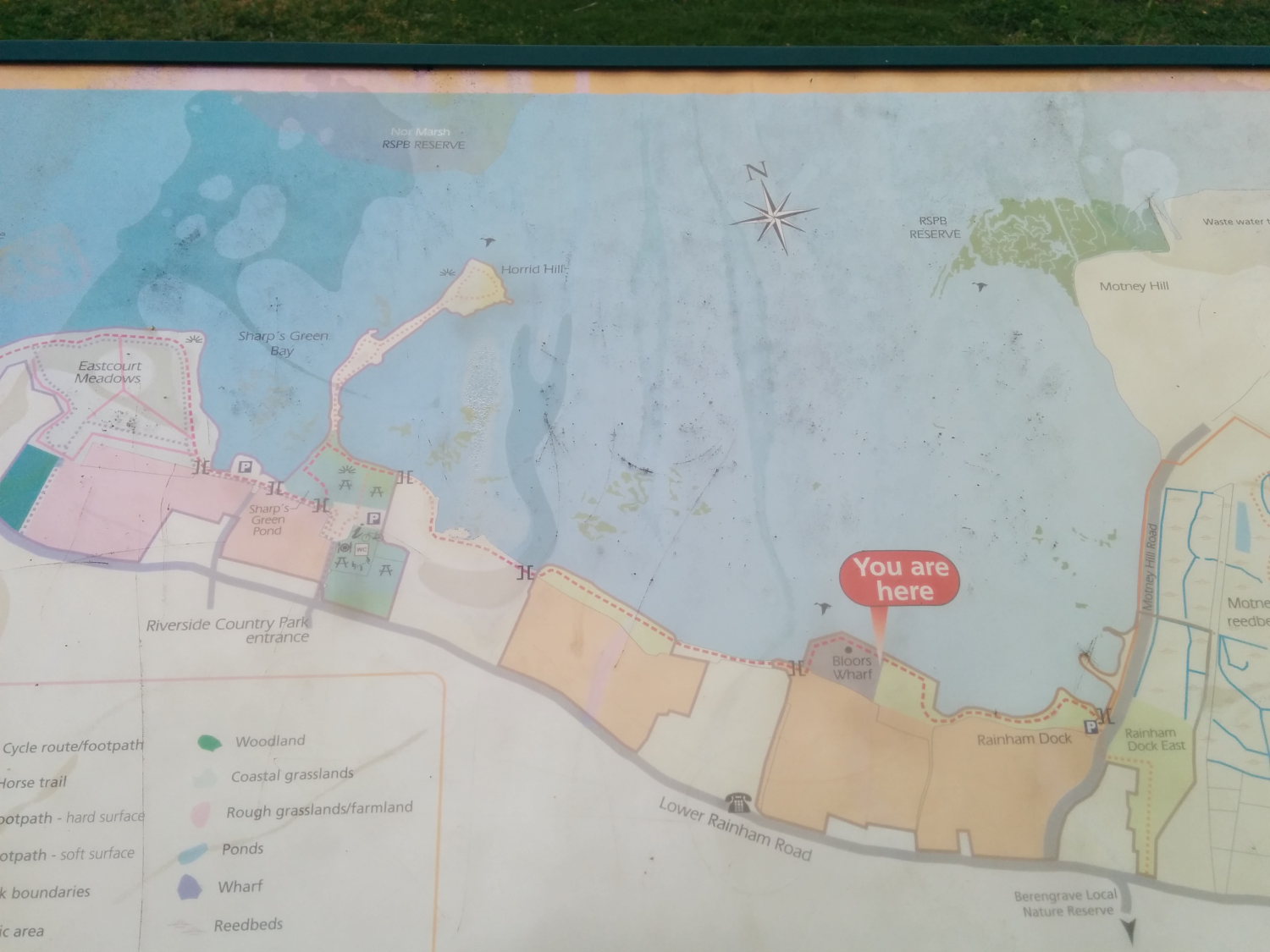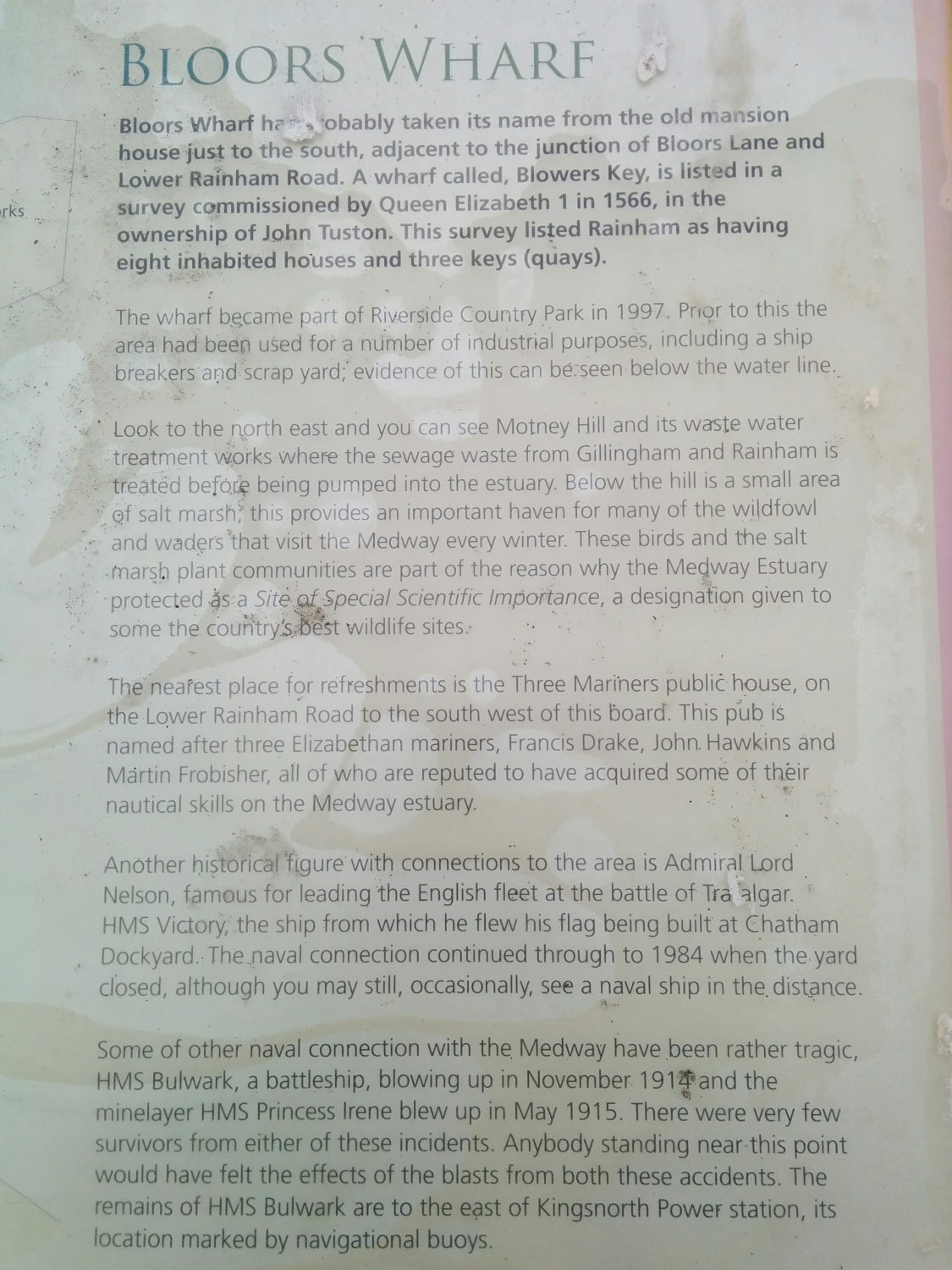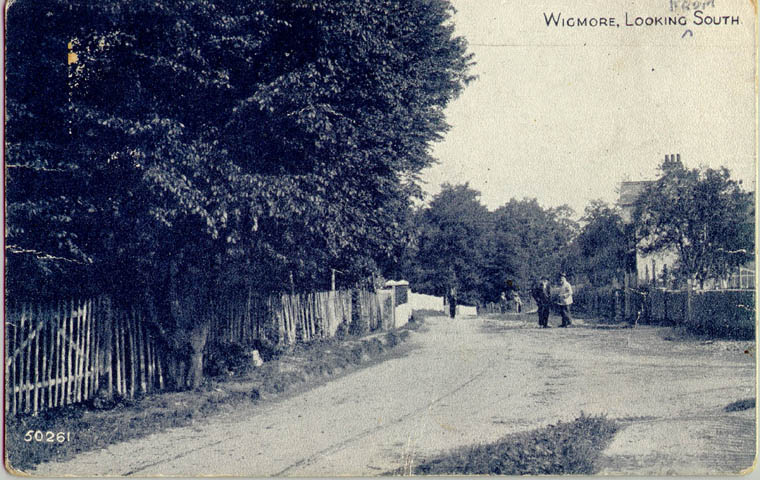As of early July 2016 the White Horse Pub in Rainham has closed. According to a sign in the window the pub has been handed back to the owners Enterprise Inns by the landlords, Leon and Craig.
Hopefully the White Horse public house will continue under new landlords/owners, if it survived a massive fire, it would be a shame if it closed as a result of economics. Read about The Destruction of the White Horse Inn
In the meantime if you're looking for a beer in Rainham you can visit the Cricketers or new micropub The Prince of Ales.

Photo of the White Horse Rainham in early 1900s.
Stories/rumours on social media suggest proposals ranging from:
(a) It's closed will not re-open;
(b) it's closed and will re-open in a month under new management;
(c) it's been bought by Shepherd Neame;
(d) it's been bought by Shepherd Neame, but they won't be re-opening it;
(e) it's going to be a hotel.
The statement in the window is below:
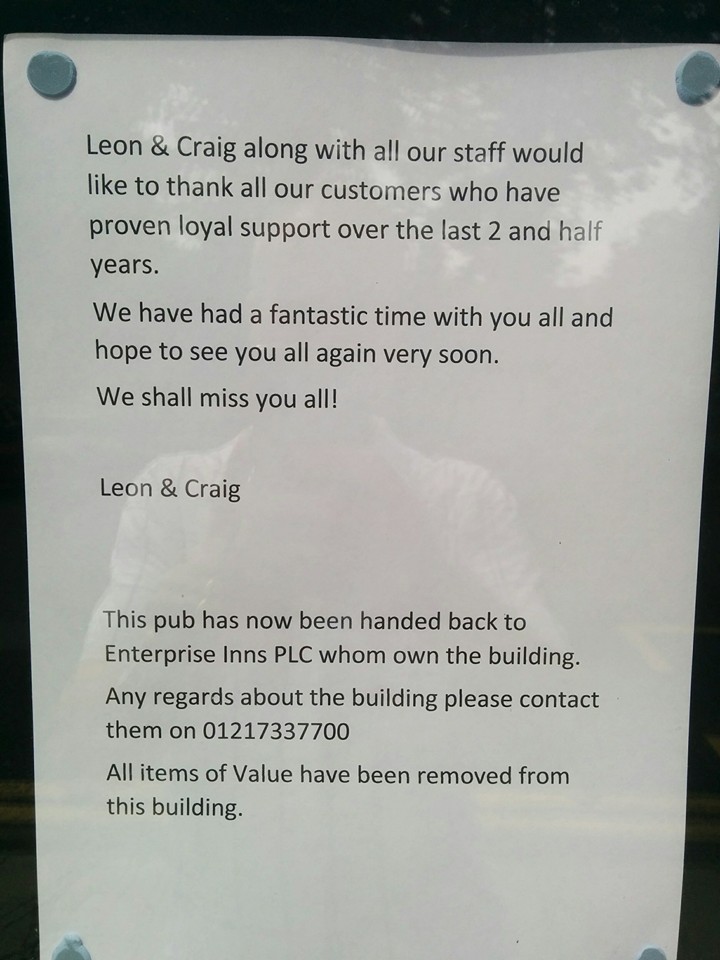
The statement about the White Horse closing
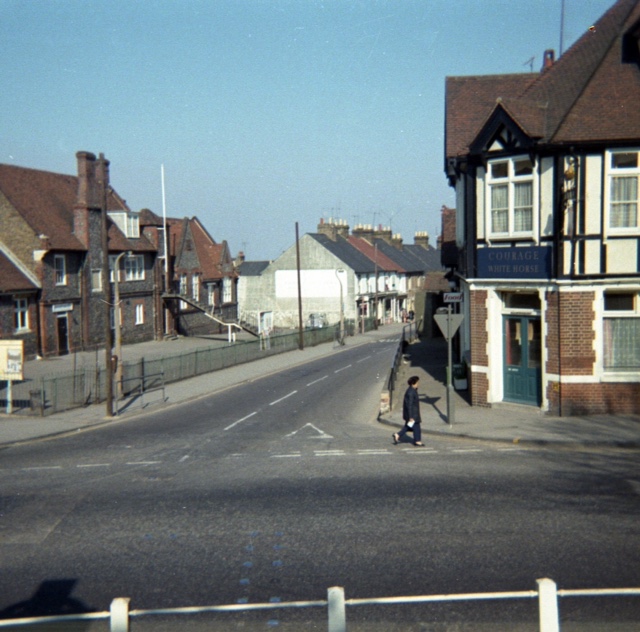
The White Horse pub in 1970s
- Details
- Category: History Articles
Bloors Wharf has probably taken its name from the old mansion house just to the south, adjacent to the junction of Bloors Lane and Lower Rainham Road. A wharf called Blowers Key is listed in a survey commissioned by Queen Elizabeth I in 1566 in the ownership of John Tuston. This survey listed Rainham as having eight inhabited houses and three keys (quays).
The wharf became part of Riverside Country Park in 1997. Prior to this the area had been used for a number of industrial purposes including ship breakers and scrap yard; evidence of this can be seen below the waterline.
Further info received via Facebook thanks to Alan West:
Shaws of Kent Ltd. was the name of the scrapyard there during the 1950's. Mr H Shaw lived at 16, Appledore Road, and his brother, the joint owner lived in Featherby road.
- Details
- Category: History Articles
The Destruction of the White Horse Inn
On May 14th 1892 one of the biggest blazes seen in Rainham took place when a fire broke out in the White Horse Inn on the corner of Station Road and the High Street.
The Inn closed as usual on the night of Friday May 13th and the customers left while publican Charles Adie, his wife, their two children and four lodgers which included two Royal Engineers stayed in the building.
When everyone went to bed everything seemed normal according to Mrs Adie but at 4-20 am she awoke to see smoke coming from the bedroom fireplace and heard knocking but at first she decided not to do anything. Unable to sleep she got up and went to the landing where she saw thick smoke coming from below. She realized that a fire had started so she woke her husband then the two Royal Engineers sleeping in the adjoining room. She went to the children’s bedroom, woke them up, wrapped a blanket around each and then took them out of the building by the back staircase. Mr Adie and the lodgers also managed to vacate the premises.
While Mrs Adie and her children were taken into the Cricketer’s Inn opposite by the landlord Mr Jarrett, Mr Adie, assisted by police constables Packman and Bridgeland who had arrived on the scene, managed to take the horses and traps from the coach-house next to the inn to safety before the fire engulfed it.
By this time a large crowd of Rainham residents had converged on the scene after the alarm had been sounded. A mounted messenger was immediately sent to Chatham to rouse the fire brigade. Richard Wakeley Junior from Moor Street Farm cycled to the waterworks at Keycol Hill to request water to be turned on as it had been turned off during the night. Meanwhile, people present at the fire could only watch as large orange flames and thick smoke shot up into the sky and completely engulfed the building. According to the East Kent Gazette a large amount of spirits stored in the cellar contributed to the speed of the fire expanding. Just before this Mr Adie managed to get into the bar where he recovered the safe containing a large amount of cash before the roof caved in at about 6 am. The two Royal Engineers managed to prevent the fire from spreading to ‘Church House’ next to the inn by cutting down a wooden shed between the two buildings with axes.
When the fire brigade arrived from Chatham the inn with all its contents had been completely destroyed and only the charred walls and the inn sign remained. The Chatham firemen could only push down the walls of the building with poles to make it safe leaving a heap of ruins apart from the coach-house which survived.
The White Horse building belonged to E Winch & Sons from Chatham. Fortunately, they had insured it so although the estimated damage totalled £2,000 the inn was rebuilt immediately and still exists today.
An investigation later attributed the cause of the fire to a beam that ran into the chimney at the back of the bar. The end had ignited then burst into flames. However, the biggest concern regarded the water being turned off and fire hydrants not being available. Mr Adie later commented that if the water had been turned on buckets of it could have been used to extinguish the fire before it took hold. This led to the establishment of Rainham Fire Brigade and hydrants being placed in different parts of the village during the following decade.
David Wood.
Photo of the White Horse in early 1900s, probably not long after it was rebuilt
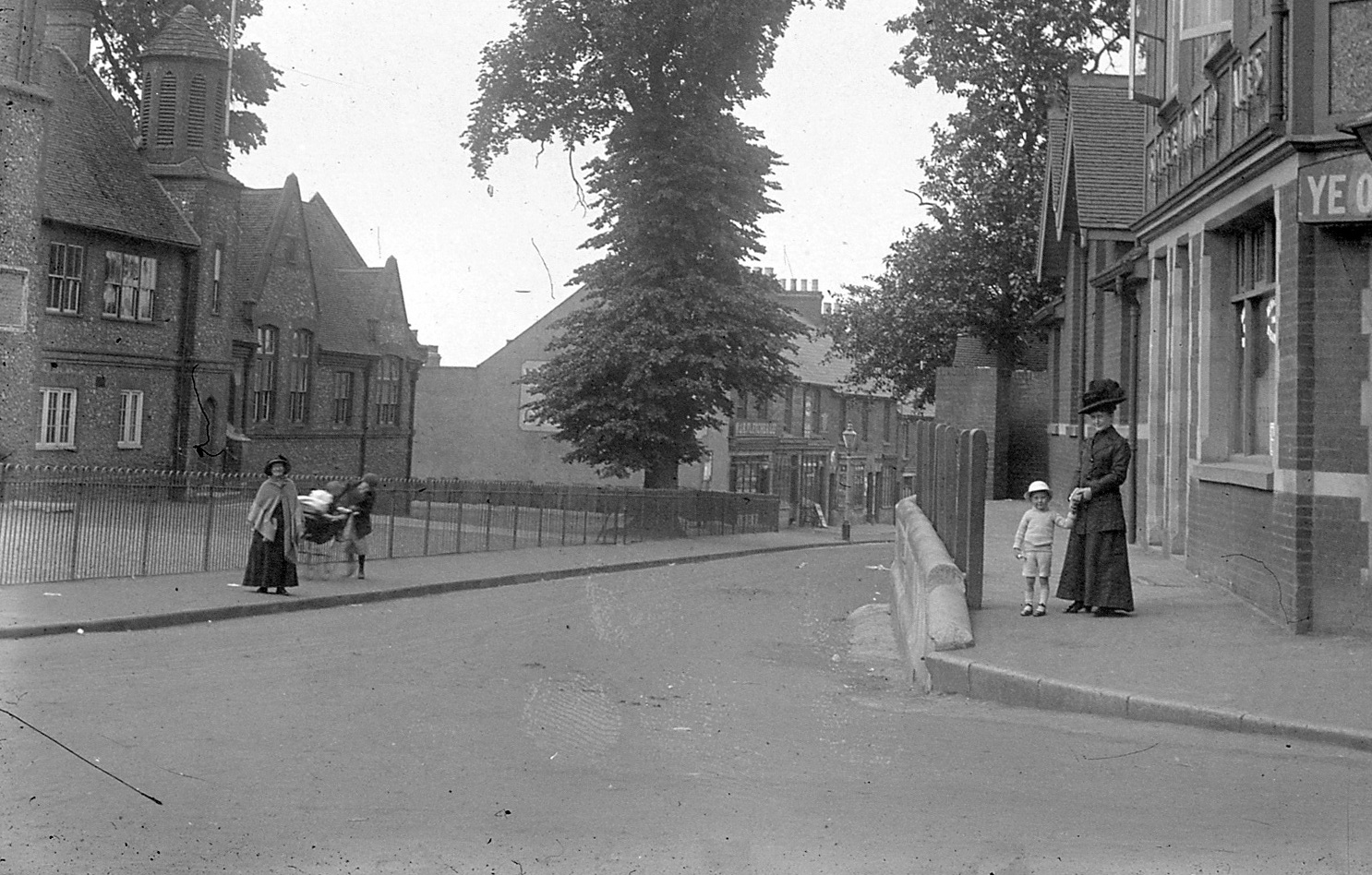
- Details
- Category: History Articles
The Rainham Prize Fight
Prize fighting proved very popular during the 18th and 19th centuries but the law changed in 1882 and the sport banned, so future fights took place illegally.
Fred Scott who farmed at Meresborough in the latter part of the 19th century became a fan of prize fighting and staged the last ever bare knuckle fight to take place in Kent with the assistance of his brother Robert. On May 18th 1888 he arranged a fight at his farm between two well-known London fighters Alec Roberts from Shoreditch and Jem Hayes from Paddington, fought under London prize ring rules for £400 a side. Because the fight was illegal it had to be staged secretly in the early hours of the morning.
E P Fay of ‘The Clarion,’ a journalist present at the fight, went to Rainham from London to report on the event. While travelling on the midnight Dover Mail train he met famous prize fight referee Mr Fisher with two other gentlemen, all on their way to the same event. When he got off the train at Chatham he then recognised famous bookmaker and racehorse owner Bobby Habakkuk from London with several well-connected gentlemen who were also going to the fight. Although they all behaved as if they did not know each other they got into four closed carriages in small groups outside Chatham railway station and set off for Rainham at 1-15 am. An estimated eight horse drawn carriages occupied by London prize fight fans travelled to Meresborough before the fight took place and, according to E P Fay one spectator walked from London.
When E P Fay and accompanying gentlemen arrived at Meresborough they were met by farmer Fred Scott who escorted them to his big barn and up a ladder to the first floor where two long tables laden with huge amounts of beef, veal, mutton, vegetables and barrels of Kentish ale were placed.
A problem immediately arose when Rainham police-constable Barranger arrived at the farm to find out what was going on. He had been awakened by the clattering of the horse drawn coaches passing through Rainham and followed them to Meresborough. Thinking quickly Fred Scott informed Barranger that a smoking concert was taking place and invited him to have a drink in the kitchen. Fred Scott then supplied him with brandy and ale and this caused him to become intoxicated and eventually fall asleep on the floor. Meanwhile, as more people arrived they were taken to the barn where they ate, drank, sang and were then entertained by a famous London actor who even recited part of Shakespeare’s ‘The Merchant of Venice.’
At about 4 am all the guests were led to a three cornered field at Fardon’s Corner situated about ten minutes walking distance from the farmhouse. Stakes were knocked into the ground then ropes attached to make a fighting ring. With the local police-constable still asleep and the spectators waiting in expectation the two fighters arrived. Alec Roberts, the champion of his weight weighing about ten stone, had never been defeated. His brother acted as his second in his corner. Jem Hayes was described as being broader and a little heavier. A man named Dan McGannon acted as his second.
Part of the rope that formed the prize fight ring - photo thanks to Debra Highams
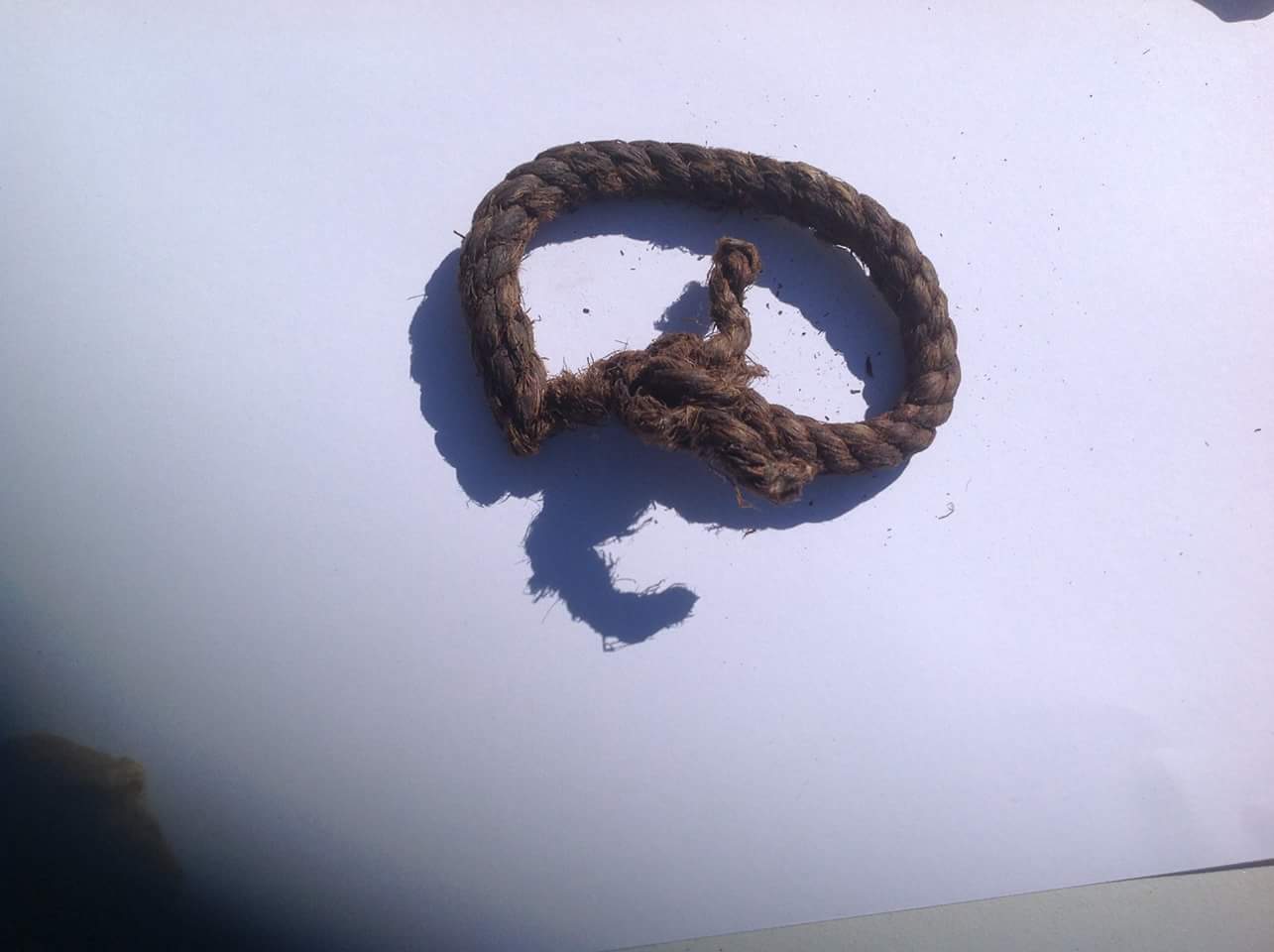
At 4-20 am the fighters entered the ring then, according to Fay, they shook hands as they sternly stared at each other before beginning the fight on a perfect early May morning. Fay described the beginning of the fight:
‘For fully a minute the men circled round, viewing each other’s points with the stealthy step of the tiger about to spring; and then Roberts darted at his man, and, with his left arm going out like a flash, smote Hayes on the jawbone…’
This signalled a change in the atmosphere which Fay described:
‘The supporters of the rival combatants screamed and yelled like frantic demons.’
After the first two rounds Hayes took a strong lead by rushing his opponent and targeting his body with some strong blows although Roberts replied with some good left hooks. After 20 rounds Hayes still looked strong but then everything dramatically changed when he swung a powerful right punch but instead of hitting Roberts he struck a stake which disabled his right arm for the remainder of the fight, but he incredibly fought on for a further 44 rounds.
During the last 30 minutes Fay described the fight as a test of endurance with the two fighters becoming almost totally exhausted so that they could barely throw a punch. Ultimately, Roberts proved to be the fitter of the two as Hayes lay down on the floor in the 64th round unable to rise to his feet. Roberts stood over him in a dazed condition totally exhausted as the winner.
After the contest which had lasted for 1 hour and 47 minutes, the police, who suspected that a fight had taken place, visited Fred Scott’s farm to investigate but they were unable to find any evidence as the spectators had left, the rope had been hidden and the stakes chopped into small pieces.
Although Alec Roberts and most of the spectators had left for London on the early morning train from Chatham, defeated fighter Jem Hayes stayed in bed for the whole of the following day and had to wait until night to travel by train back to London heavily disguised and escorted by friends. This was because the police were watching all the local railway stations for people suspected of attending the fight.
According to ‘The Clarion’ Rainham police-constable Barranger was suspended from duty then tried in Chatham by a panel of police superintendents and discharged from the force. Some spectators who had attended the fight raised a substantial amount of money for him as compensation after they had learnt about his fate.
In July 1888 Fred Scott, the fighters and fight organisers were summoned to Sittingbourne Petty Sessions and charged with causing a riot and committing assault. They were then sent for trial at the East Kent Quarter Sessions in Canterbury in October 1888 and bound over to keep the peace after a lengthy trial.
In Rainham there were mixed views about what had taken place. On the Sunday after the fight Reverend Charles Cobb preached a sermon against the event in St Margaret’s Church. Police-constable Barranger received local sympathy while some younger residents said they would have ‘given a fiver’ to have watched the fight. The East Kent Gazette of May 19th 1888 commented:
‘It certainly seems extraordinary that a body of men should be allowed to come to Chatham and bring off a fight under the very noses of the county police, without let or hindrance.’
Finally, prize fighting declined in England and gave way to the rise and popularity of boxing by the mid-1890s.
David Wood.
- Details
- Category: History Articles
The photo below of WE Jones shop in Ivy Street Rainham selling Woodhams Ales and Stouts was taken in 1912. You can also see in the windows that they are a grocery stores selling Fry's Pure Cocoa and Cadburys Cocoa as well as Hudsons Soap and Bournville Cocoa so no mention of chocolate in those days!
http://www.breweryhistory.com/Defunct/Kent.htm

- Details
- Category: History Articles
Subcategories
Historical tales Article Count: 3
Historical tales
Rainham Life Article Count: 10
Rainham Life
Local Events Article Count: 48
Local Events
Photos Article Count: 143
Photos
Action Forum Article Count: 231
Action Forum is a free monthly magazine that is distributed to the Rainham area covering Wigmore, Parkwood and Hempstead as well. This archive covers old copies of the magazine dating back to its initial publication in 1969 and give a fascinating glimpse into life in Rainham over the last 50 years.
Link to Article Index - Action Forum Index - Photos and Articles from 1969 onwards
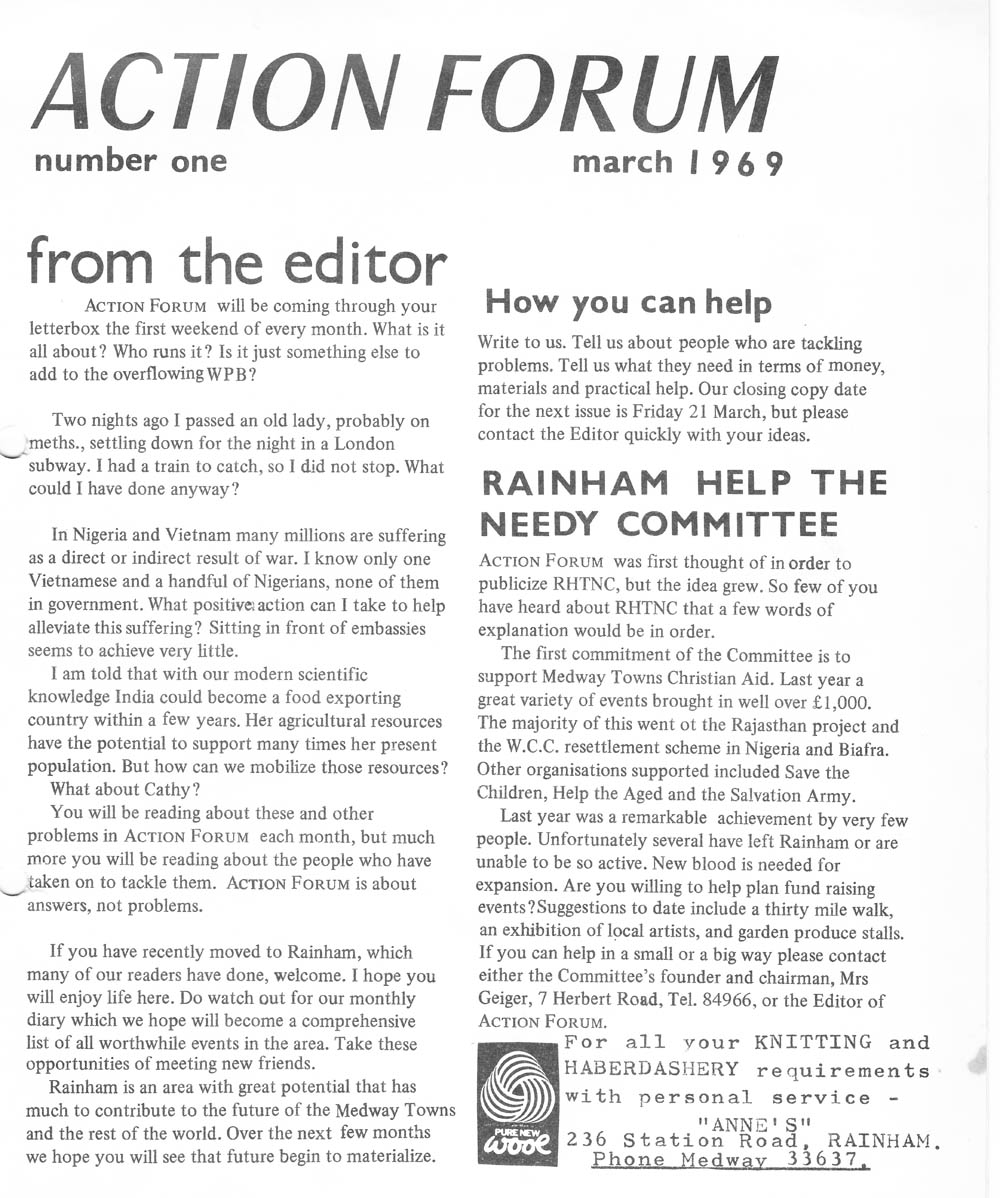

Page 4 of 9

